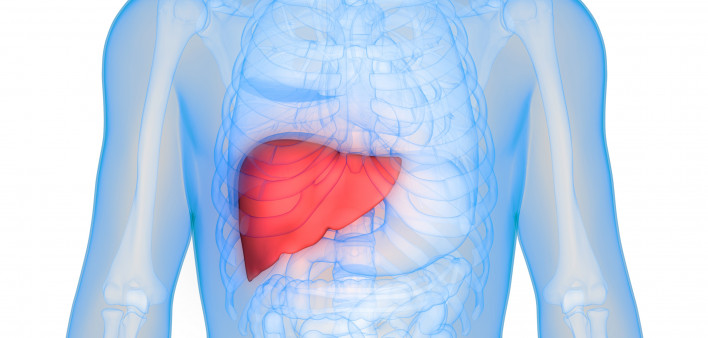People with HIV have high rates of non-alcoholic fatty liver disease (NAFLD), a major health risk that may only rise as the population ages, aidsmap reports.
Publishing their findings in Infectious Disease Therapies, researchers conducted a review of evidence regarding fatty liver disease among HIV-positive individuals.
NAFLD is a condition in which fat accumulates in the liver of people who drink low amounts of alcohol. About 1in 10 people with fatty liver disease will progress to non-alcoholic steatohepatitis (NASH), and about one in three of those individuals will develop fibrosis (scarring) or cirrhosis of the liver.
A previous systematic review and meta-analysis found that 35 percent of people with HIV have NAFLD compared with 25 percent of the general population. Among those HIV-positive people who persistently have elevated liver enzymes, 57 to 72 percent of study cohorts had fatty liver disease.
Traditional risk factors for fatty liver disease include a high body mass index (BMI) and high waist circumference, type 2 diabetes, high blood pressure and high triglycerides. As people with HIV age, these risk factors may become more instrumental than HIV-related factors as drivers of NAFLD risk.
The new paper found that the following virus-related factors may contribute to NAFLD and NASH among people with HIV:
- Insulin resistance that derives from HIV or from the use of older protease inhibitors and nucleoside/nucleotide reverse transcriptase inhibitors (NRTIs), in particular Zerit (stavudine, or d4T).
- Damage to the mitochondria in cells caused by older NRTIs, in particular Zerit and Retrovir (zidovudine, or AZT).
- Higher blood lipid levels driven by boosted protease inhibitors—meaning those protease inhibitors paired with Norvir (ritonavir) or Tybost (cobicistat).
To read the aidsmap article, click here.
To read the study abstract, click here.







1 Comment
1 Comment